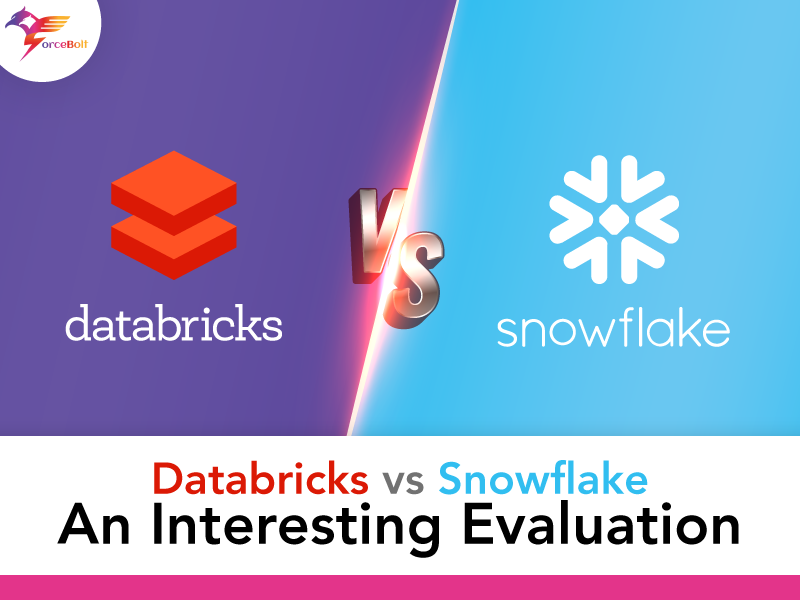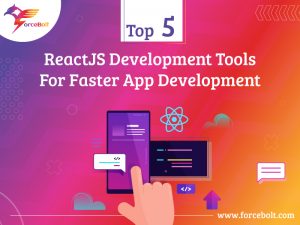Sharing is caring!
When a full stack development talks about the world being substantially influenced by data infrastructure, two cutting-edge data technologies are frequently mentioned – Snowflake and Databricks. They represent two data-dependent areas with a modern twist and enable cloud architecture via Azure, Google Cloud, and AWS.
The implementation of Data Lake and Enterprise Data Warehouse (EDW) was the starting point. Over time, Snowflake developed a modernized version of EDW, and Databricks developed an upgraded version of Data Lake.
Today, an interesting comparison is being made between Databricks and Snowflake, which shows some parallels but with distinct qualities of their own. However, before we compare them, let’s take a closer look at each of them.
What Is Databricks?
Databricks is a data lake house design that combines the advantages of data warehouses and data lakes. It works with you on all of your data, analytics, and AI workloads. Databricks was created by the same people who created Apache Spark. It does data science and engineering everything around Machine Learning systems, from data preparation to experimentation and configuration management.
Major Characteristics Of Databricks
Since its capacity to transform and handle enormous amounts of data, Databricks has established itself as an industry-leading solution for Data Scientists and Data Analysts. Here are a handful of Databricks’ essential features:
Delta Lake: Databricks contains an open-source transactional storage layer designed to be utilized throughout the data lifecycle. This layer can be used to provide Data Scalability and Reliability to your current Data Lake.
Machine Learning: Databricks provides one-click access to preconfigured Machine Learning environments using cutting-edge frameworks like Tensorflow, Scikit-Learn, and Pytorch. You can track experiments, manage models collaboratively, and reproduce runs from a centralized repository.
Collaborative Notebooks: With the right tools and language, you can rapidly analyze and access your data, collaboratively construct models, and uncover and share new actionable insights. Databricks lets you code in any language you want, including Scala, R, SQL, and Python.
What Is Snowflake?
Snowflake lets you create data-intensive apps with minimal operating overhead. Snowflake, which fast-growing software firms trust, is a unified platform that provides a wonderful cloud experience with different workloads and no data silos.
Here are some of Snowflake’s Software as a Service (SaaS) offerings:
Better Data-Driven Decision-Making: Snowflake enables you to break down data silos and provide access to meaningful insights across the enterprise, resulting in better data-driven decision-making. This is a critical first step in improving partner relationships, optimizing pricing, lowering operating expenses, increasing sales effectiveness, and much more.
Enhancements to User Experiences and Product Offerings: With Snowflake in place, you may better understand user behavior and product usage. You can also use the full spectrum of data to deliver customer success, drastically increase product offerings, and stimulate Data Science innovation.
Personalized Data Exchange: Snowflake allows you to create a Data Exchange that will enable you to communicate live, regulated data securely. Moreover, it serves as an incentive to improve data relationships throughout your business units and with your partners and customers.
Conclusion
Snowflake vs. Databricks is an intriguing comparison, and there have been vendors who provide both as a combined solution. As a result, their competencies may be combined into a cohesive service, making it easy and efficient for enterprises to establish and maintain data pipelines.
Organizations and business owners must examine their requirements, finances, schedules, and resources before deciding on the best option for constructing a Data Lake or Data Warehouse, as appropriate. Choosing either one or a combination of the two, with the assistance of an expert vendor, would undoubtedly aid greatly in obtaining the greatest insights from the world of data!
Connect with ForceBolt’s team of experts who will assist your company understand how to compete with the rest of your competitors and stay ahead of others in the field of e-learning software development.

Akshay Dhiman
Chief Technical Officer
The Chief Operating Officer of ForceBolt and a decisive leader who possesses a wide array of technical skills and management skills to implement operational changes by working at different levels of development. Being enthusiastic and technology proficient, he understands the importance of staying up-to-date with the latest technological transformations and provides competitive, scalable and efficient solutions. He has a good command of technical language and possesses good communication skills. Being a leader makes him a good team player, and he resonates with his priorities well.













